The Gaelic Athletic Association (GAA) has recently faced backlash over its decision to use artificial intelligence (AI) to create artwork for its match programmes. Critics argue that this move undermines traditional artistic methods and devalues human creativity. However, the GAA has defended its choice, emphasizing the benefits of integrating AI into its artistic processes.
Background on AI-Generated Art
AI-generated art is created using algorithms that can learn from data inputs to produce new, original pieces. This technology has been increasingly adopted across various industries, including fashion and visual arts. AI tools like Google’s DeepDream and generative adversarial networks (GANs) have made it possible for artists to create unique, complex designs that were previously unattainable.
The GAA’s Decision and Rationale
The GAA’s decision to employ AI for its match programme artwork is part of a broader strategy to modernize its operations and embrace technological advancements. According to GAA officials, AI offers several advantages, such as the ability to produce high-quality artwork quickly and cost-effectively. This is particularly important for an organization that publishes numerous match programmes annually.
In response to the criticism, a GAA spokesperson highlighted that AI-generated art is not intended to replace human artists but to complement their work. By using AI, the GAA aims to enhance the visual appeal of its publications while also streamlining the production process.
Public and Artistic Community Reactions
The introduction of AI-generated art has sparked a significant debate among fans and the artistic community. Some supporters argue tha AI represents a natural progression in the evolution of art, offering new opportunities for creativity and innovation. They believe that AI can be a valuable tool for artists, enabling them to explore new styles and techniques that would be difficult to achieve manually.
On the other hand, critics contend that relying on AI diminishes the value of human craftsmanship and artistic expression. They argue that AI-generated art lacks the emotional depth and personal touch that come from human artists. Some have also expressed concerns about the potential loss of jobs for traditional artists as AI becomes more prevalent .
The Future of AI in Art and Sports
The debate over AI-generated art in GAA match programmes is part of a larger conversation about the role of technology in the creative industries. As AI continues to evolve, it is likely to become an increasingly important tool for artists and organizations alike. The key challenge will be finding a balance that respects traditional artistic practices while embracing the potential of new technologies.
The GAA remains committed to exploring innovative solutions that enhance its offerings and engage its audience. Moving forward, the organization plans to continue using AI alongside human artists to create diverse and captivating content for its match programmes.
The use of AI in creating artwork for GAA match programmes has ignited a debate about the future of art and technology. While some view AI as a threat to traditional artistry, others see it as a valuable tool that can expand the boundaries of creativity. As the GAA navigates this controversy, it will need to balance innovation with respect for human artistic contributions to satisfy both its supporters and critics.



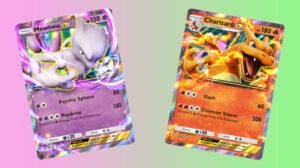
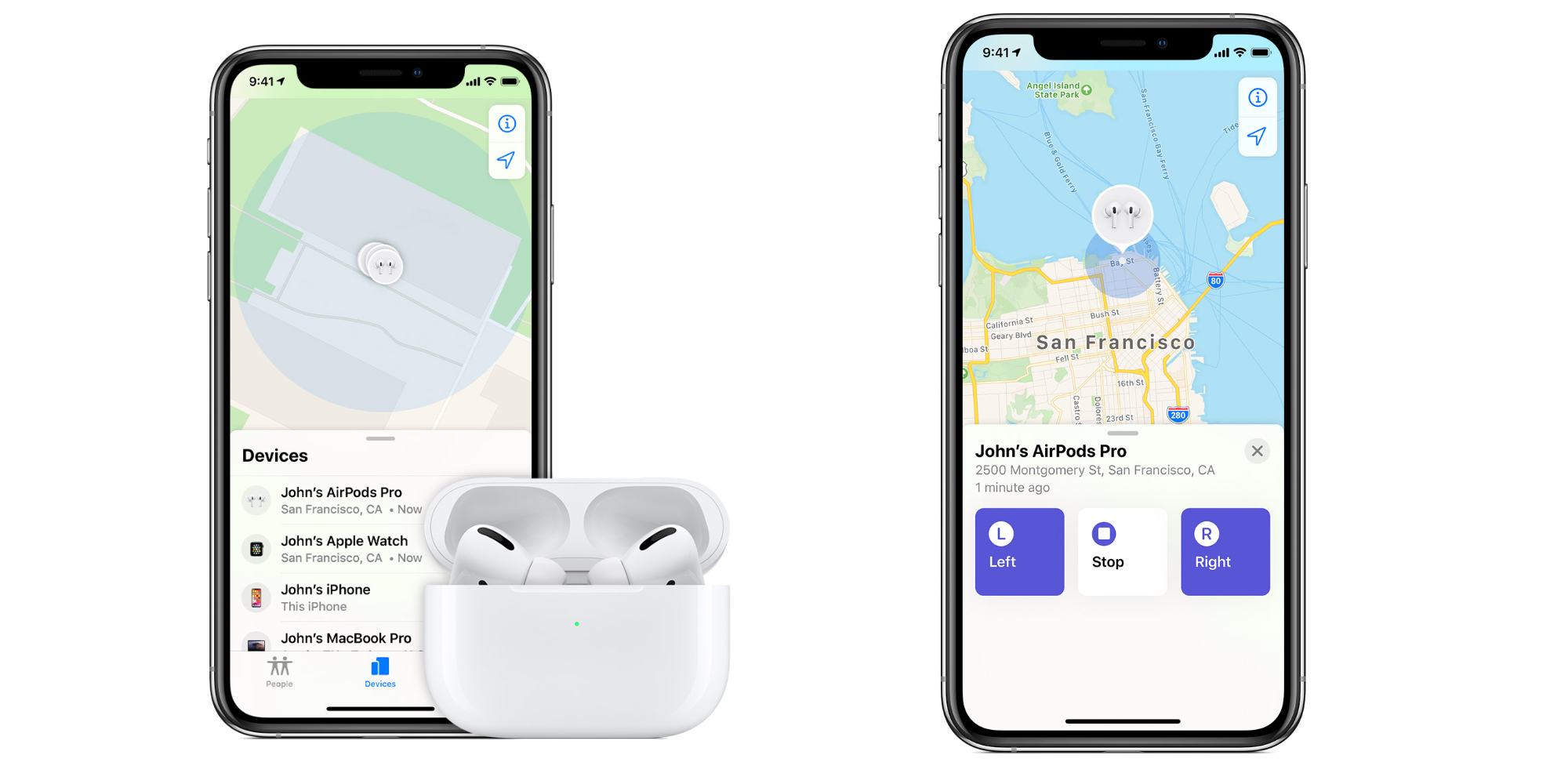
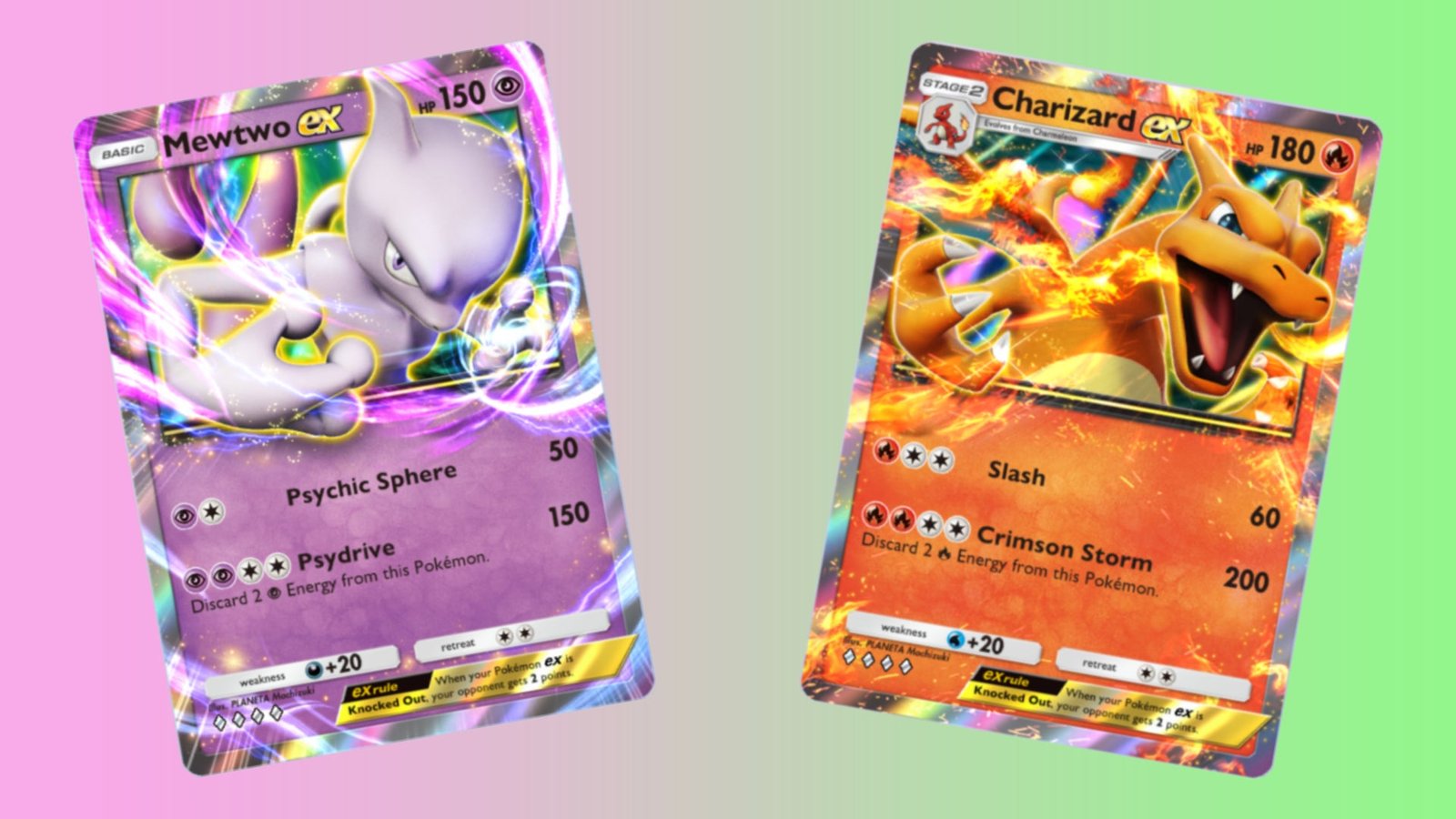
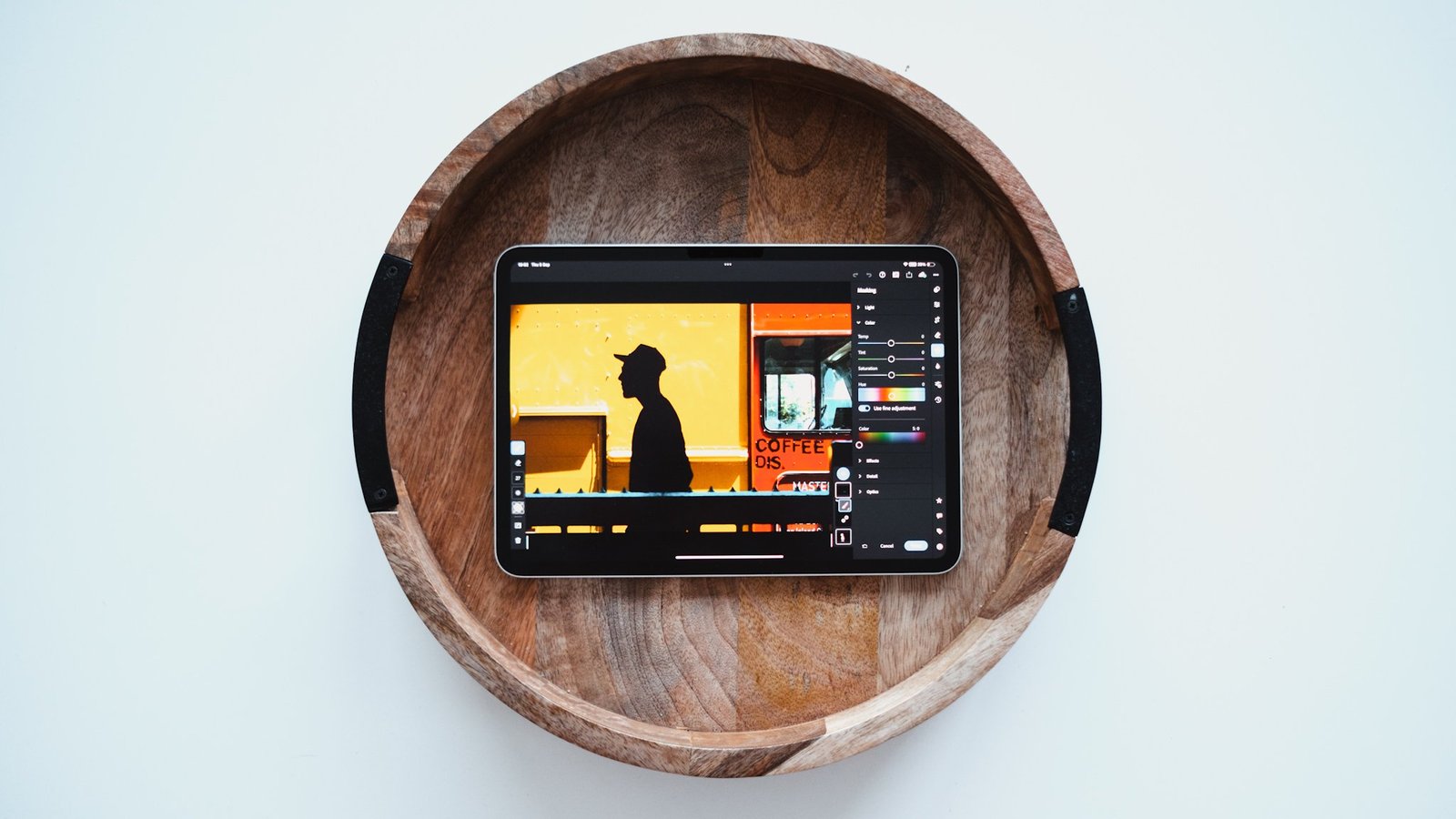
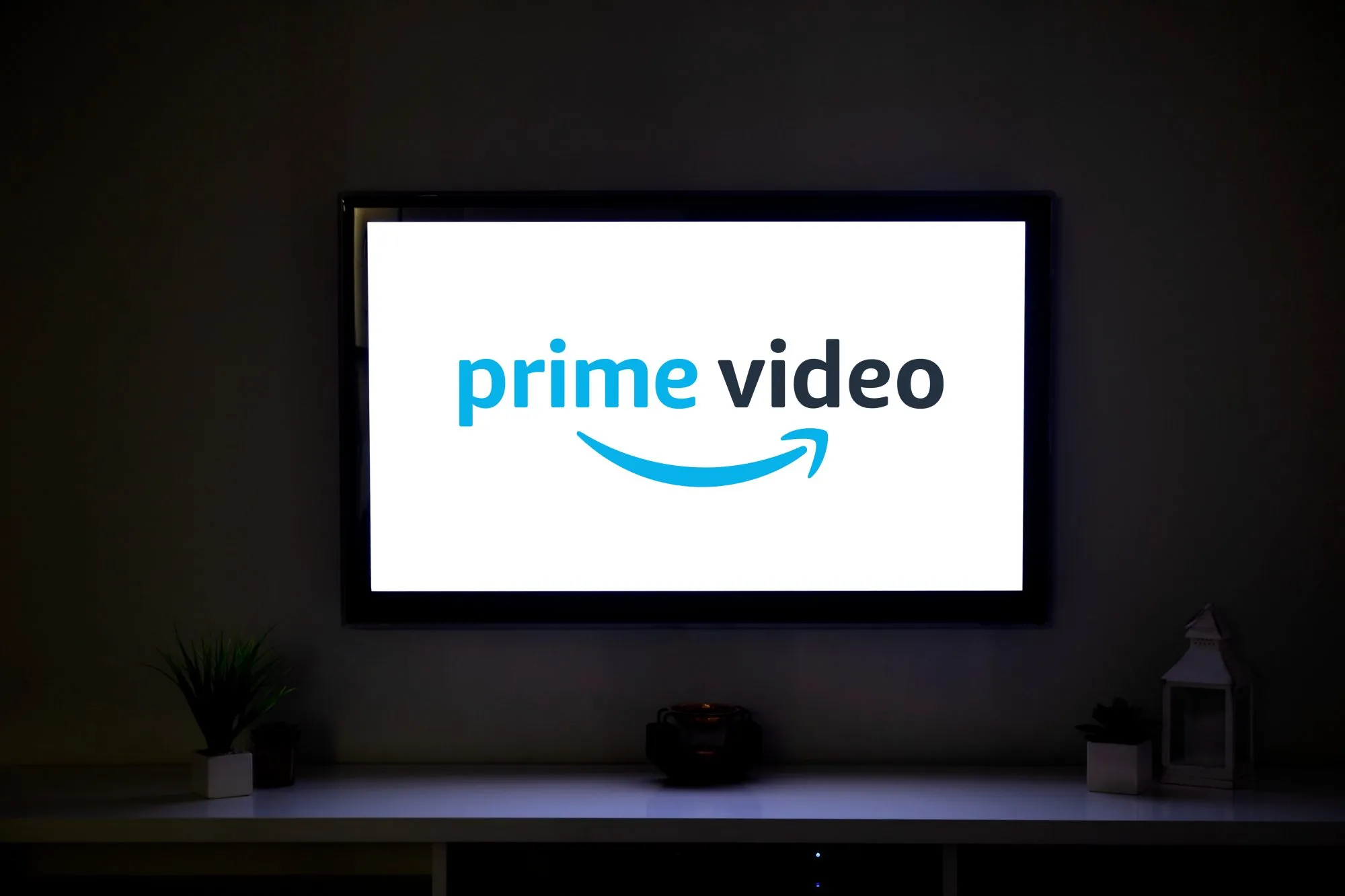









Add Comment